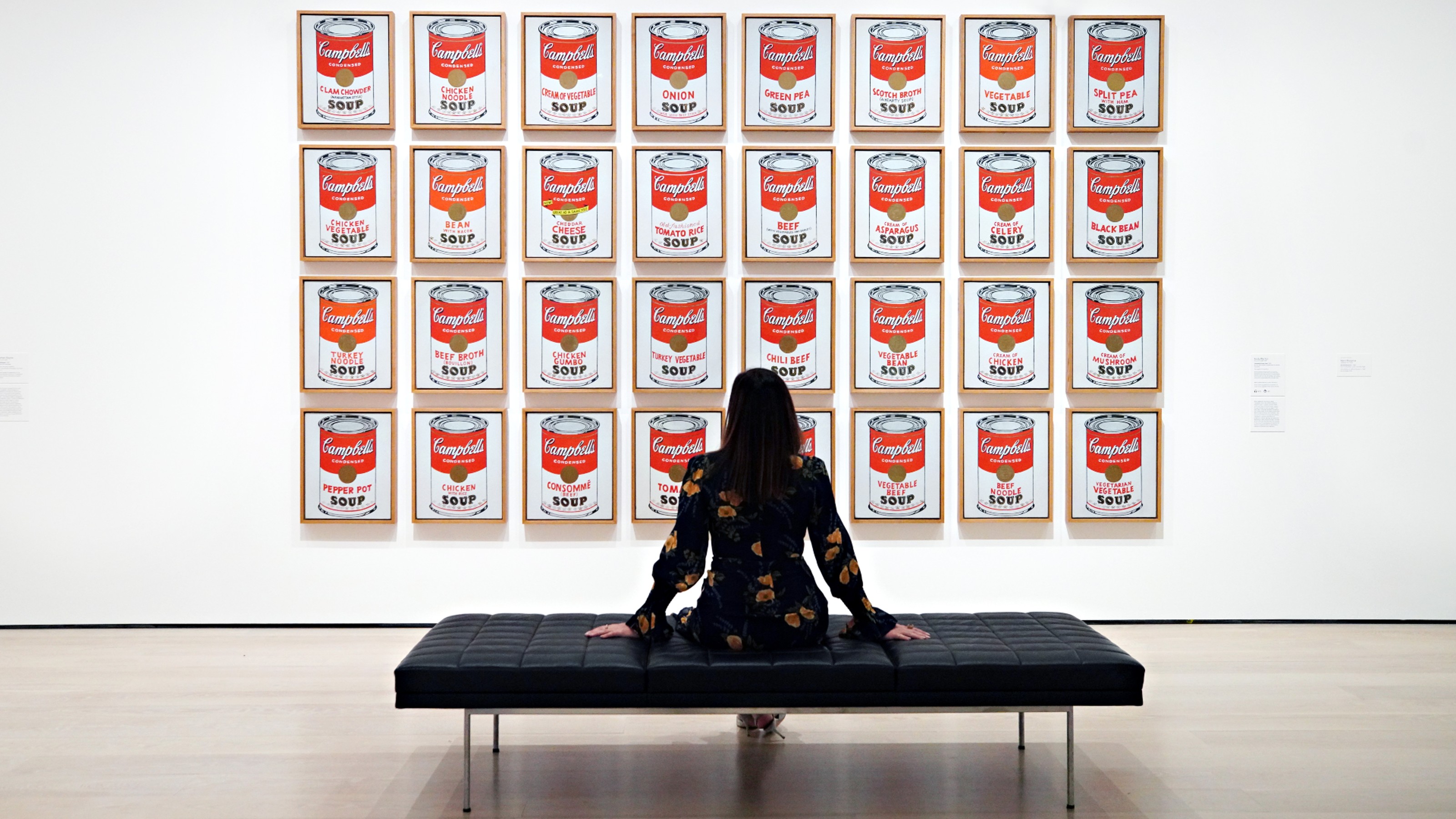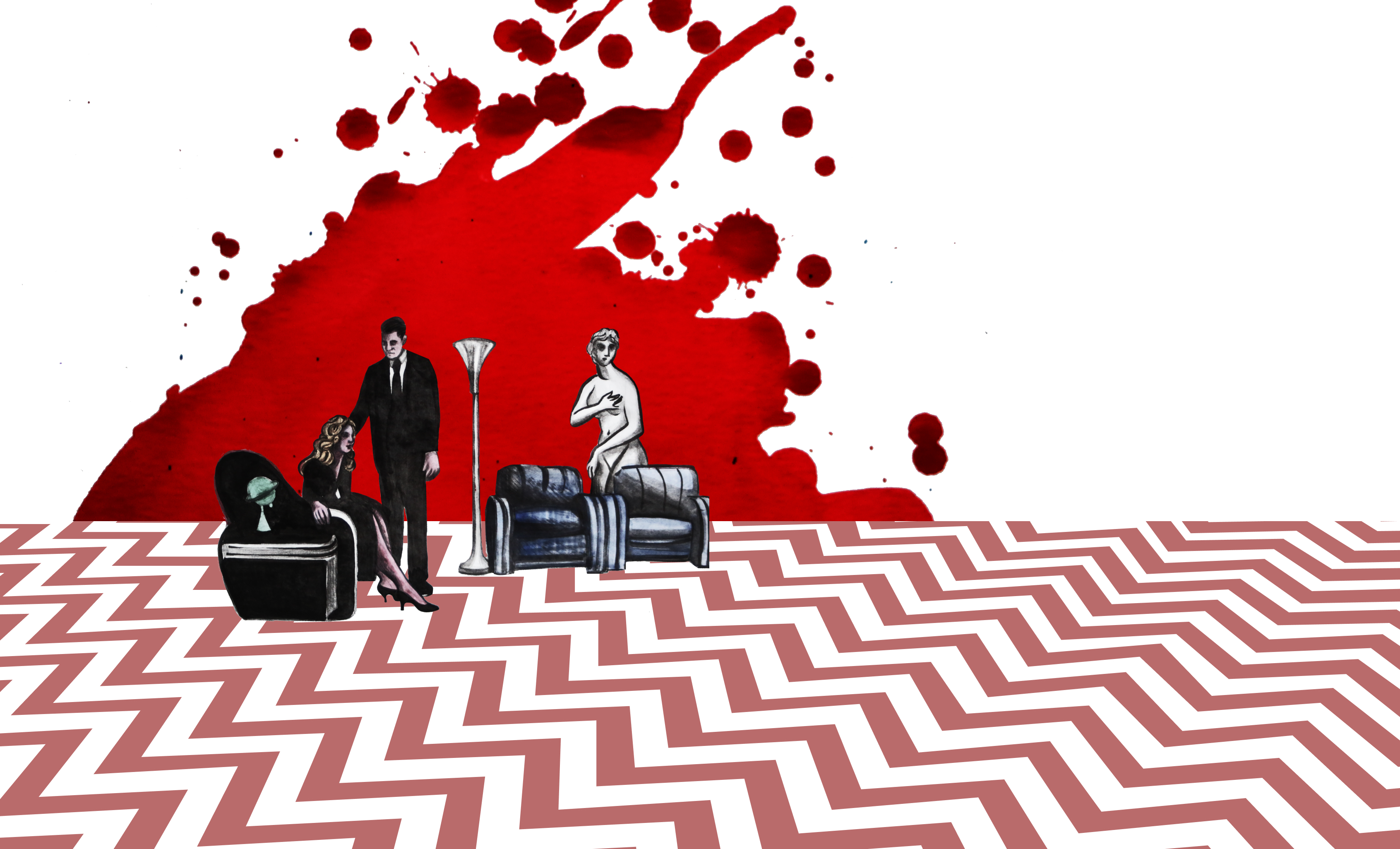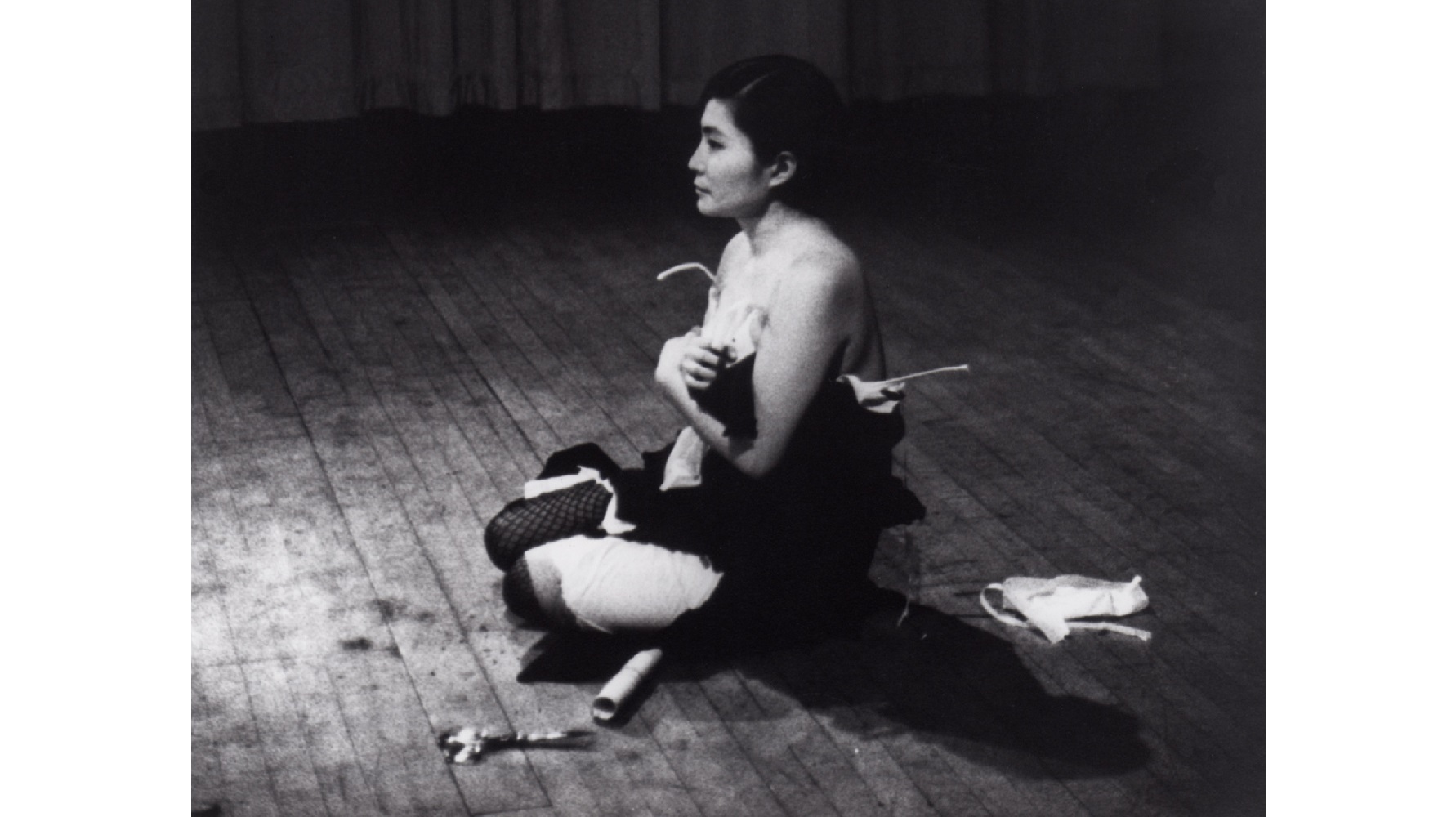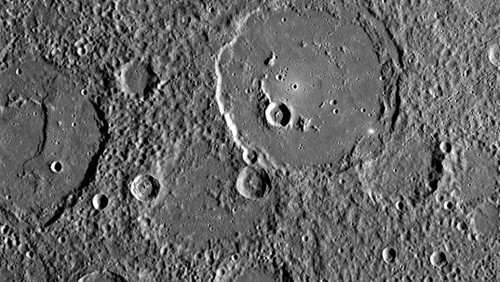Easy Rider: Dennis Hopper at the MOCA
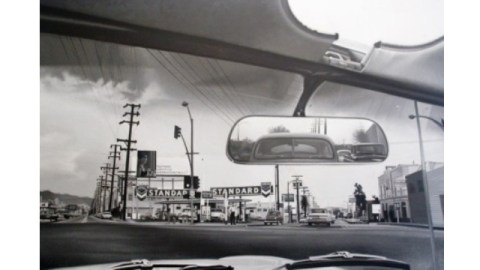
“It gives you a whole new way of looking at the day,” Dennis Hopper’s character Billy says in the unforgettable film, Easy Rider, which the then 33-year-old Hopper also directed. Billy had marijuana in mind when he said those words, but the same could be said of Hopper’s photography and painting. The Museum of Contemporary Art, Los Angeles presents Dennis Hopper: Double Standard, the first comprehensive survey of Hopper’s art. Hopper, who passed away on May 29th of this year, never fit into a neat category as an actor or director. His art shares that same elusive quality of boundarilessness born of great breadth and versatility. Hopper rides easily through whatever media he chooses to express himself in, always giving you a new way of looking at the day.
Double Standard features more than 200 works by Hopper, beginning with an early painting from 1955 up through graffiti-inspired wall constructions, large-scale billboard paintings, sculptures, and film installations done in the twenty-first century. Hopper’s heyday, however, remained the freewheeling sixties, during which he embraced the Pop Art movement of Andy Warhol, which seemed a natural progression from Hopper’s earlier interest in the ideas of Marcel Duchamp. Duchamp’s readymades appealed to Hopper’s life-long penchant for taking the world at hand and turning it upside down to make us see it anew.
In the 1961 photograph titled Double Standard (shown), Hopper pointed his camera through the windshield of his car at two Standard Oil signs that stood on Route 66 at the intersection of Santa Monica Boulevard, Melrose Avenue, and North Doheny Drive in Los Angeles. Hopper’s friend, the painter Ed Ruscha, loved the photo so much he asked Hopper to exhibit it at Ruscha’s second solo exhibition at Ferus Gallery in 1964. Double Standard stands at an artistic intersection, between Duchamp’s readymades, Pop Art’s fascination with corporate branding, and the hippie cool that stretched across America like Route 66 itself. It’s enigmatic and iconic all at once, like Hopper himself.
Fellow artist and filmmaker Julian Schnabel curates Double Standard. Schnabel, a kindred spirit, calls Hopper “a painter without a brush” who “made film into art” by “tak[ing] the viewer on a high risk journey with him, working without a safety net.” Dennis Hopper: Double Standard demonstrates the truth of the old adage: high risk, high reward. The artist’s recent death adds a somber note to the retrospective, but it is a fitting tribute and a characteristic celebration of who Dennis Hopper was as a person and an artist.
[Image: Dennis Hopper, Double Standard, 1961, gelatin silver print, © The Estate of Dennis Hopper, image courtesy of The Estate of Dennis Hopper and Tony Shafrazi Gallery, New York.]
[Many thanks to the The Museum of Contemporary Art, Los Angeles, for providing me with the image above and press materials for Dennis Hopper: Double Standard, which runs through September 26, 2010.]

